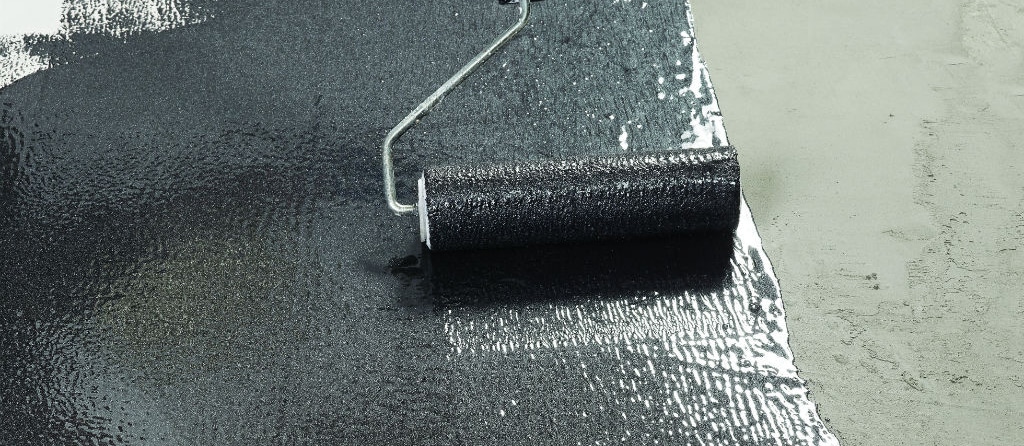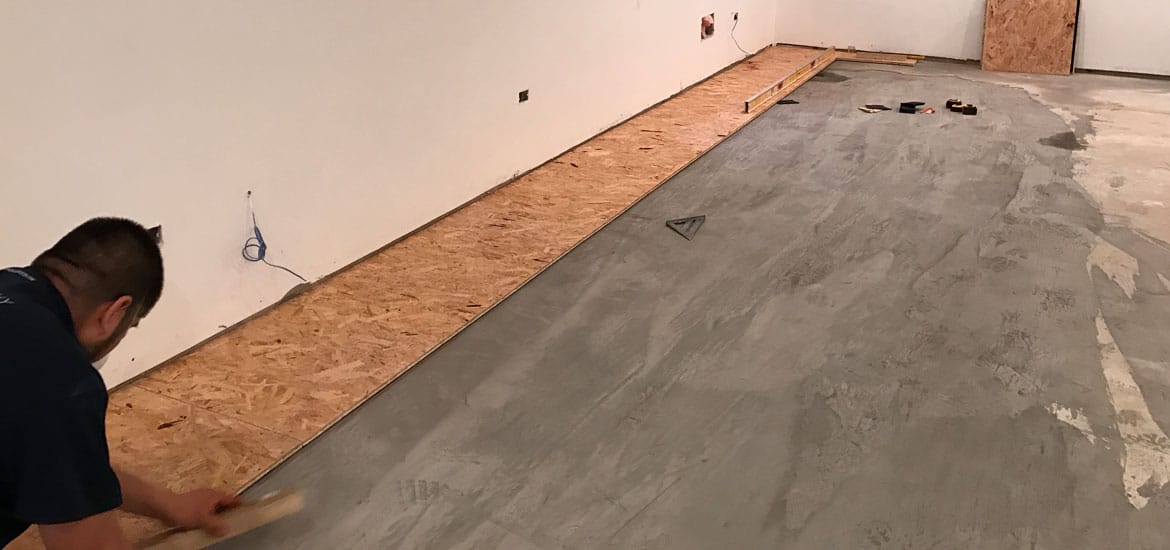FLOOR PREPARATION SERVICES
Floor Screeding Contractors
It’s well-documented that the longevity of a flooring installation is dependent on the quality of the subfloor. Sometimes we find ourselves more concerned with the result, and so may spend less time ensuring the subfloor preparation is perfect.
REMOVE AND SMOOTH
It is important that before you apply an ounce of smoothing compound or begin screeding, there are no obvious lumps and bumps in the subfloor especially if left from old adhesive residues. The key is to ensure as smooth as possible a finish.
CHECK THE MOISTURE LEVEL
Products must only be installed on subfloors with moisture levels below 75% relative humidity (RH). If your hydrometer reading is above 75% RH, regardless of whether the floor is old or new, it’s imperative that you install a surface damp proof membrane (DPM).
Any questions regarding what floor preparation you require please do not hesitate to contact us.
LIQUID-APPLIED DAMP PROOF MEMBRANE (DPM)
Damp rising through concrete floor slabs is very common. The damp-proof membranes used during construction of concrete floors are often thin, and can easily become torn before they are laid, rendering them ineffective. Over time this can cause damp issues on carpets and floor coverings, warping wooden floors and increasing the likelihood of low-level mould growth
Liquid DPM is a coating that provides a barrier to damp and ground gases (including radon, carbon dioxide, and methane). It has the consistency like that of thick emulsion paint. Once applied, the product cures to form a membrane that is flexible and elastic.
We have the experience to know that it is very important to make sure that the surface to which they’re being applied is properly prepared. Any significant amounts of dust, laitance or oily/greasy deposits can affect the longevity and effectiveness of the coating. We offer preparation services that include power cleaning, grit blasting and/or acid etching.
FLOOR SCREEDING SERVICES
When laying new flooring it is essential that the floor is perfectly smooth, flat and level. The screeds primary purpose is to give the perfect base for your flooring installation.
The common types of flooring laid over levelling screeds include carpet and carpet tiles, linoleum, laminate and vinyl flooring and tiles, wooden blocks, and ceramic tiles.
Levelling screeds should always be covered with a final floor finish. A screed is also the preferred medium when laying underfloor heating.
- TRADITIONAL PUMPED SCREEDS
Polypropylene fibres are added and evenly dispersed in a screed mix. This helps to minimize shrinkage and cracking.
- ANHYDRITE/GYVLON SCREEDS
Calcium Sulfate screed which can be laid on insulation at depths of 35mm upwards. Areas of 1000m2 can be achieved in one day.
- ACCELERATED SCREEDS
These screeds contain additives which enable the screed to dry more quickly so that floor coverings can be laid sooner.
- POLYMER SCREEDS
Polymer Modified Screeds are designed where high strength and durability are critical. They are suitable for areas where heavy machinery and traffic are in use. It is a water-resistant system created by blending a polymer admixture to a strong sand and cement screed.
- LEVELLING/SMOOTHING SCREEDS
Renovation – Fibre-reinforced self-levelling compound designed for the renovation/refurbishment of existing floor substrates. For use in both commercial and domestic situations.
Latex – Two-component, self-levelling and smoothing compound with high compressive strength and low odour.
For levelling differences of 1-10 mm internally on new and existing substrates to prepare them for any type of floor covering.
Underlayment Screeds – single component, premixed, high strength and protein-free self-levelling cement-based flooring compound that can be applied both by hand and by pump.
Industrial – Uses for Fast Track refurbishment and new construction, for smoothing floors in factories, workshops, warehouses etc. where there is a demand for a smooth surface. These toppings may be used alone or with a seal coat/resin flooring system.
FLOORING GRADE PLYWOOD
Flooring grade plywood is a method of preparing a subfloor before laying floor coverings.
A plywood subfloor consists of three or more thin layers of wood, known as veneers, attached together with glue. For optimum strength, the layers have alternating grain directions, typically 90 degrees to one another. Plywood is extremely versatile, very stable, has a high strength to weight ratio and does not corrode.




